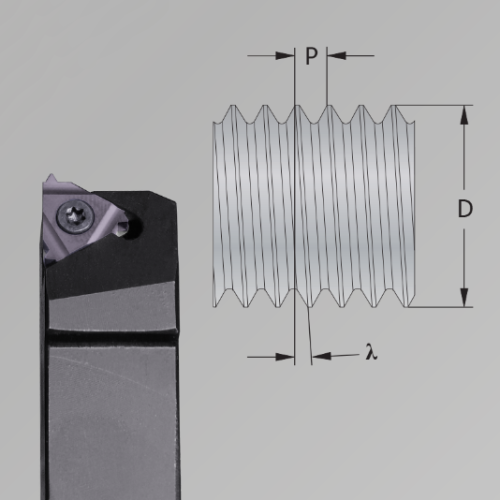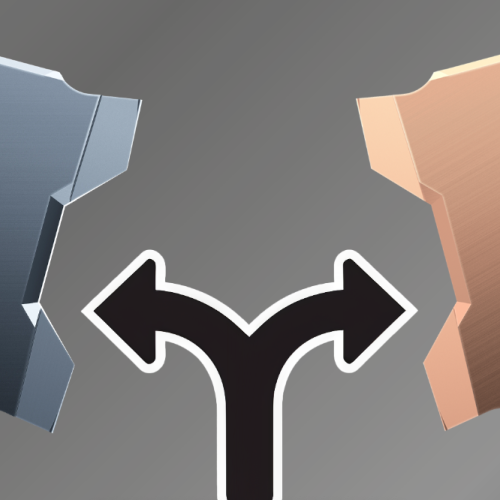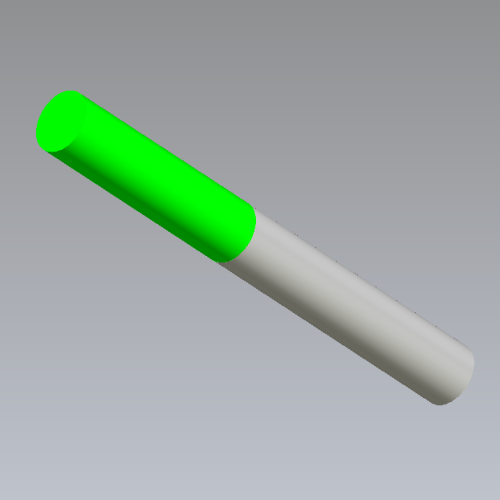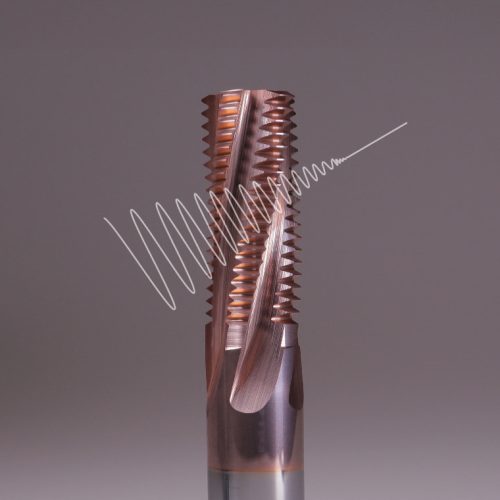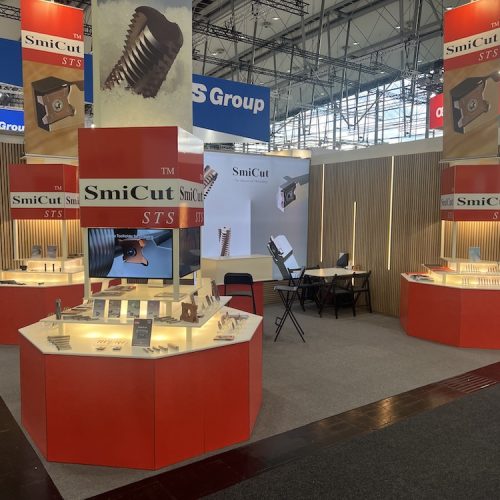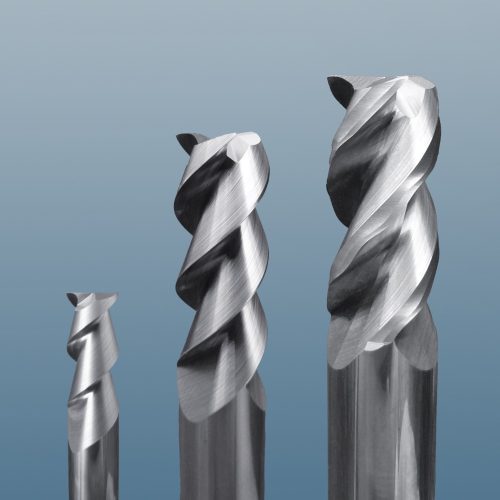Streamline Your Manufacturing Process
Using CAD drawings in CAD/CAM software is becoming more common each day. They allow for quick and precise communication of tool dimensions to the machine. These drawings are also useful for visualising the specific tool design.
SmiCut has created simplified 3D CAD files for their entire range of Solid Carbide End Mills. These files are available in STEP format, an ISO standard exchange format compatible with many CAD programs.
Download the CAD drawings from SmiCut Online Store
Download the CAD Drawings
- Visit our online store and search for the desired tool.
- Find the tool in the list and click on the part number.
- On the tool’s page, you will find a link to download the CAD drawing.
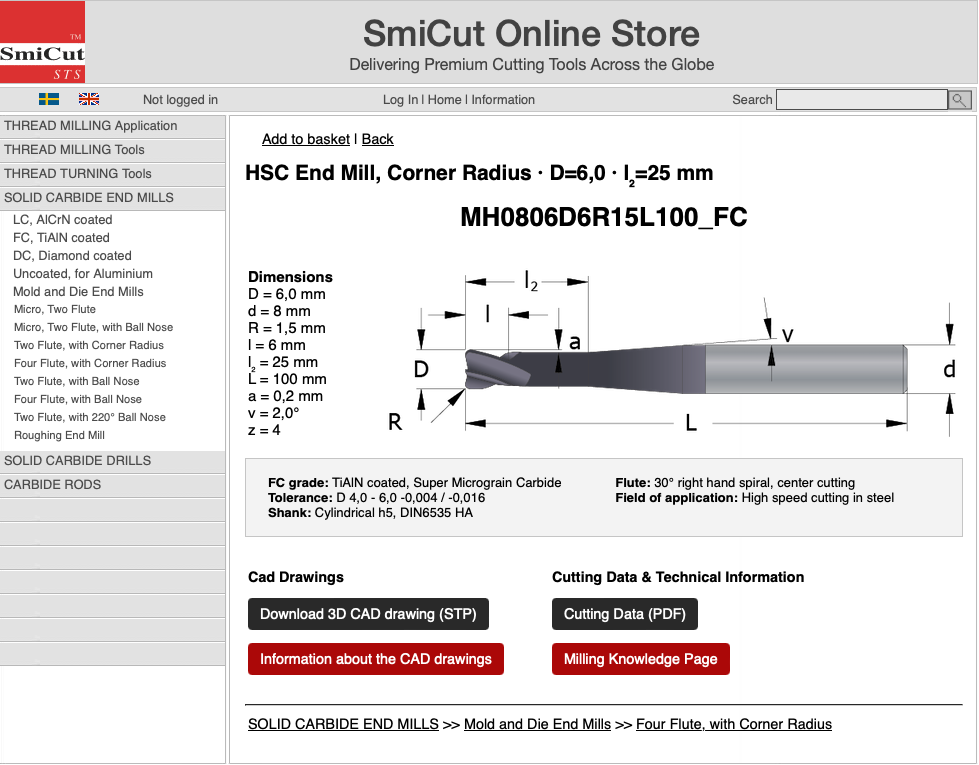
Understanding the 3D CAD Drawings
- The green area of the drawing represents the cutting part of the tool, which usually corresponds to the cutting length (l).
- The grey area indicates the non-cutting part of the tool.

A 3D Cad Drawing of the Solid Carbide Mold and Die End Mill MH0806D6R15L100_FC.



